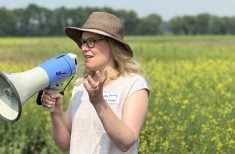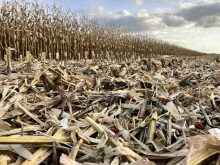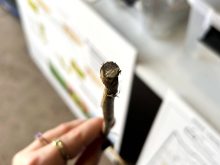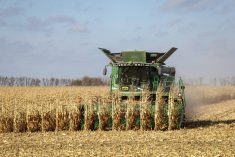While visiting a remote village in India several years ago, I watched women hand-pollinating a field of sunflowers — it was too dry and hot for bees. But even more surprising was the name of the variety — Morden.
It was an open-pollinated cultivar developed by Eric Putt at the Morden Research Station half a world away, and where I’d developed my interest in agriculture and research while working as a summer student in 1975.
The facility that started life as the Dominion Experimental Farm in 1915 celebrated its 100th anniversary Aug. 12.
As Winkler Mayor Martin Harder told those attending, without research the world could not feed itself. In its early years the station focused on demonstrating new crops and livestock to farmers — many of them settlers new to the West. But also included were horticultural crops to provide food, shelter and beauty to the farmstead. And despite its changing mandate over the years, including developing new flax (25), sunflower (18), corn, buckwheat and pulse crop cultivars, it’s Morden’s contribution to ornamental horticulture that resonates today, even though much of that work was transferred to the private sector years ago or dropped.

Horticultural heritage
“Morden has such a heritage — it’s tremendous,” former station ornamental plant breeder Wilbert Ronald told the crowd. Ronald left Morden in 1982 to take over Jeffries Nurseries Ltd. near Portage la Prairie.
“Industry really misses Morden,” he said. “We appreciate what it’s done. “The Canadian Nursery Trades Association and nurserymen owe a wealth to Morden.”
The station has developed 27 roses, with another coming soon as part of the “Artist Series,” as well as 15 lilies, 33 chrysanthemums, 31 apples and 57 woody ornamentals.
In 1916, 25,000 seedling apple trees were planted at the station and five years later its fruit-breeding program began, says an Agriculture and Agri-Food Canada brochure. Between 1929 and 1936, 94 new varieties were developed — 77 fruit bearing.
Read Also
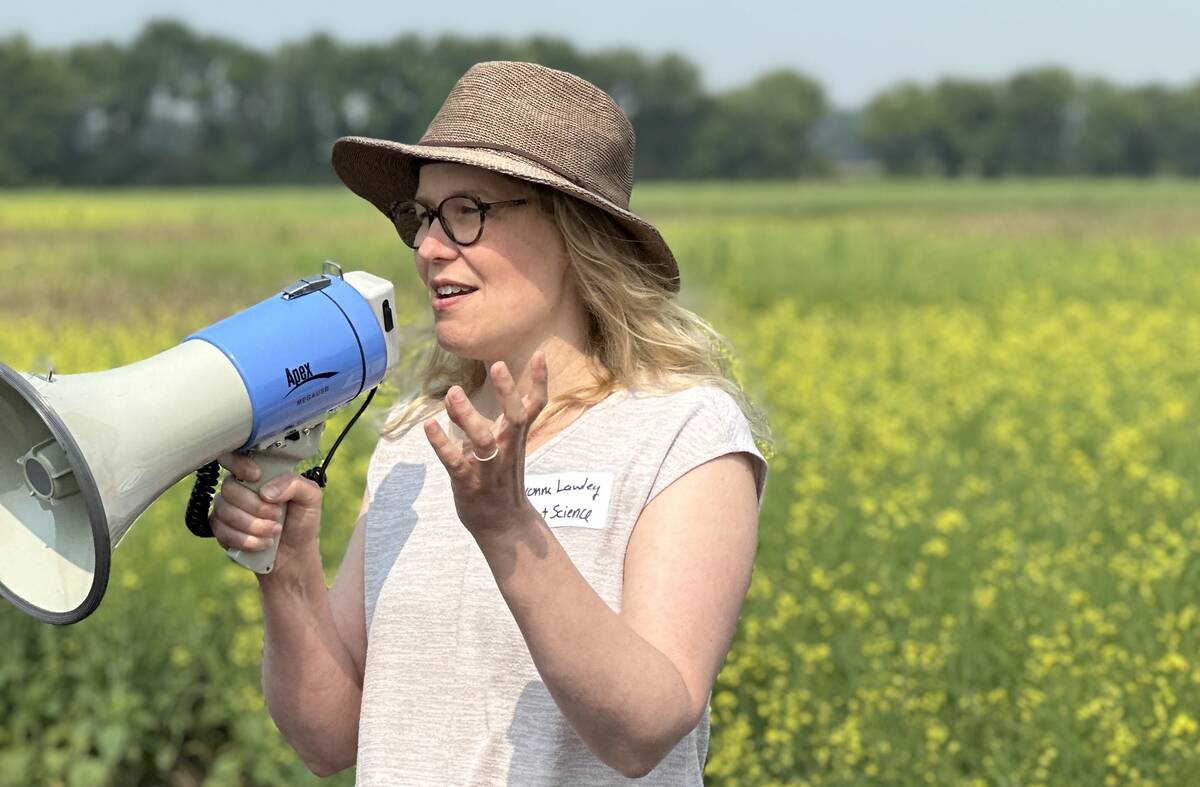
Cereal cover crops show mixed flea beetle protection for canola
University of Manitoba researchers are testing if planting fall rye and oat nurse crops help growers reduce damage without hurting yield.
The station released its last apple — Morden Festival — in 2003. Some of the station’s more popular varieties are Goodland, Norland, Kerr and September Ruby.
“In addition to apples, the station released varieties of apple-crab, apricot, cherry, pear, plum, raspberry and sandcherry.”
The station also developed vegetables, including Morden and Starfire tomatoes.
Morden’s apple orchard was removed several years ago because it was expensive to maintain, Ronald said.
The nursery trade misses Morden’s research, but is pleased it’s working with private companies during the transition, Ronald said. “We are still building a lot of business from good plants from Morden.”
For example, monarda cultivars developed by the late Henry Marshall, and turned over to the private sector, continue to earn the federal government $60,000 a year in royalties, he said.
Mancana ash developed at Morden in 1976 is the leading source of emerald ash borer disease in North America, he added.
Prairie Cascade, a weeping willow Ronald developed at the station, is the top weeping willow in North America.
Research mandates “ebb and flow” and Ronald hopes AAFC will someday soon take up more ornamental research.
Now most new ornamentals come from northern Europe.
“That’s the cheap way now to bring plants into the system and brand them,” he said.
The Morden Research Station’s mandate has changed again. In 2014 Agriculture and Agri-Food Canada closed its Cereal Research Centre in Winnipeg and moved the research to Morden and Brandon. The cereal breeders are in Brandon and the pathologists, genomics, proteomics and bioinformatics staff are in Morden boosting the number of scientists to 20 from seven. The Morden Research Station is now officially the Cereal Research Centre.
“As we look forward to the next 100 years the station will continue to play a supporting role in western Canadian agriculture,” Morden Research Station director David Wall said.




